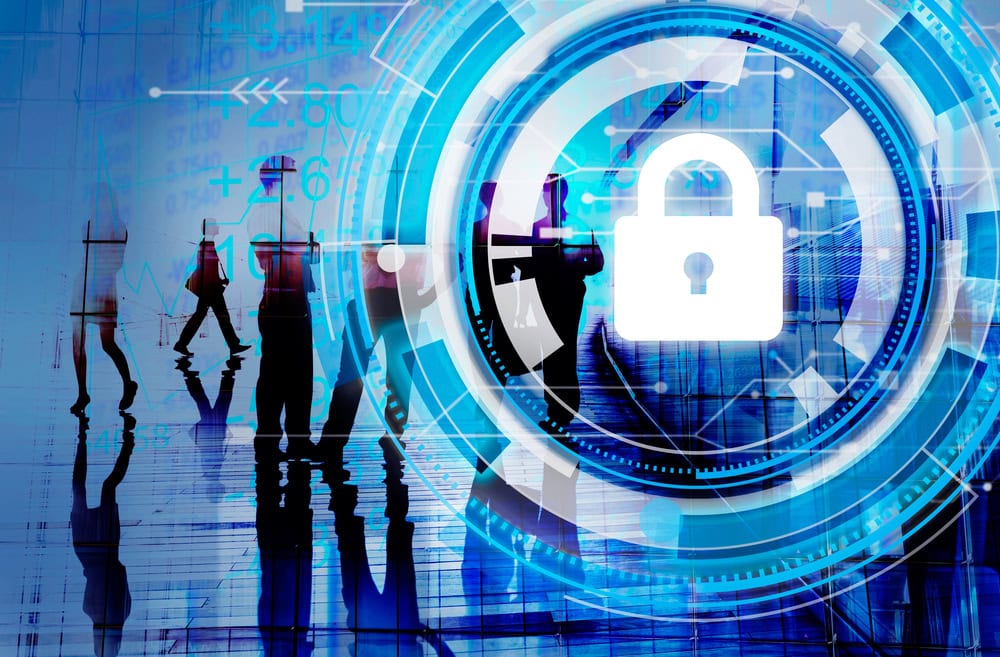8 IT trends for 2018
The digitalization of the business world is advancing rapidly, but in 2018 the fourth industrial revolution will step up another gear. BMC ventures an outlook for 2018.

And according to BMC, here are the eight IT trends for 2018 (see also Cybercrime trends 2018):
- Multi-cloud has arrived in practice
Most companies are preparing to roll out the new technology this year. But at least those are able to efficiently manage and secure a more widely branched virtual infrastructure. In a BMC survey on the topic Multi-cloud shows that 40 percent of IT managers do not even know how much their company spends on public cloud applications. However, 80 percent have already recognized that managing multi-cloud environments requires entirely new approaches. These include the use of artificial intelligence and machine learning. This means that 2018 will be the year when companies really take off with multi-cloud.
- The digital transformation is accelerating
Digital transformation has been heard and read about everywhere in recent years, but which companies have really changed sustainably, actually undergone a transformation? Or, in the end, are they mostly just optimizing key IT assets and implementing a few innovations to become faster and more agile? In 2018, real transformation is finally taking hold. It will not only change individual companies, but open up new ways for entire industries to reach and serve customers, partners and employees.
- The EU GDPR is the big challenge of the year
With less than half a year to go before the DSGVO deadline of May 25, 2018, virtually every company will be affected by the new EU regulations on data protection. The penalties for non-compliance are severe: up to 20 million euros or 4 percent of annual turnover can be due. In 2018, no one can afford to neglect the protection of personal data anymore. In contrast, companies that are GDPR compliant can focus on more important things without worrying about financial losses. More importantly, they can credibly assure their customers that all their personal data is safe.
- DevOps and security become one
Hardly any part of the development lifecycle is as predestined to be automated as security and compliance. In order to comply with the provisions of the GDPR, it is necessary to always rely on the latest security technology for configuration and compliance checks. However, this applies not only to the data center, but also to the public cloud. With additional controls and more involved testing, DevOps and security teams need to work even closer together and automate as much as possible. In 2018, both teams will break down walls in their minds and work together to deliver secure as well as integrated solutions.
- The biggest security gap is yet to come
Admittedly, after last year, this sounds like a bold prediction. Two of the four biggest hacks have occurred in the last 15 months. The biggest of all time became public in 2017: back in 2014, hackers stole access data from three billion Yahoo! customers. The enormous amounts of data currently being produced (2.5 trillion bytes per day, according to IBM) make large-scale cyberattacks more likely every year. Not only do multi-cloud and IoT have advantages, they also provide hackers with a larger attack surface. Companies that adapt to this and take proactive security measures will be better protected from the next attack.
- Artificial intelligence is no longer science fiction
This year we will see the introduction of artificial intelligence and machine learning to handle repetitive routine tasks, whether in logistics, retail or IT. Many areas of our daily lives will become easier as a result, but the new technologies are creating such huge amounts of data that previous approaches are no longer sufficient to make sense of the data. Still, we should not expect a revolutionary takeover of the machines, rather a gradual introduction of new methods. Machine learning is developing fast and some great tools, for example for IT processes, are already available today.
- The digital workplace is geared to the employees
Digital business requires new skills, new organizational models and a new partnership between business and technology. The experiences of employees should be heard so that they can be incorporated into the vision of the digital workplace. This vision should provide a clear direction, yet remain flexible for innovation and adaptation. In 2018, it will be important to listen to what employees want in order to create a digital environment in which they enjoy working and are productive.
- Mainframe attracts millenials
Even in the age of the cloud, the mainframe will remain an important topic, as also shown by the twelfth annual mainframe survey by BMC shows. In it, 69 percent of participants between the ages of 30 and 49 stated that they see the mainframe as an area with growth potential. The generation of so-called millenials under 30 is also optimistic about the future of the mainframe. As the basic IT platform, it forms the backbone of digital business and thus even has a certain "coolness" factor, so to speak. Given that the baby boomer generation is increasingly retiring from the workforce, mainframe management is just one example of where new employees with new skills can not only fill gaps, but bring innovative ideas that ultimately benefit everyone in the company.









